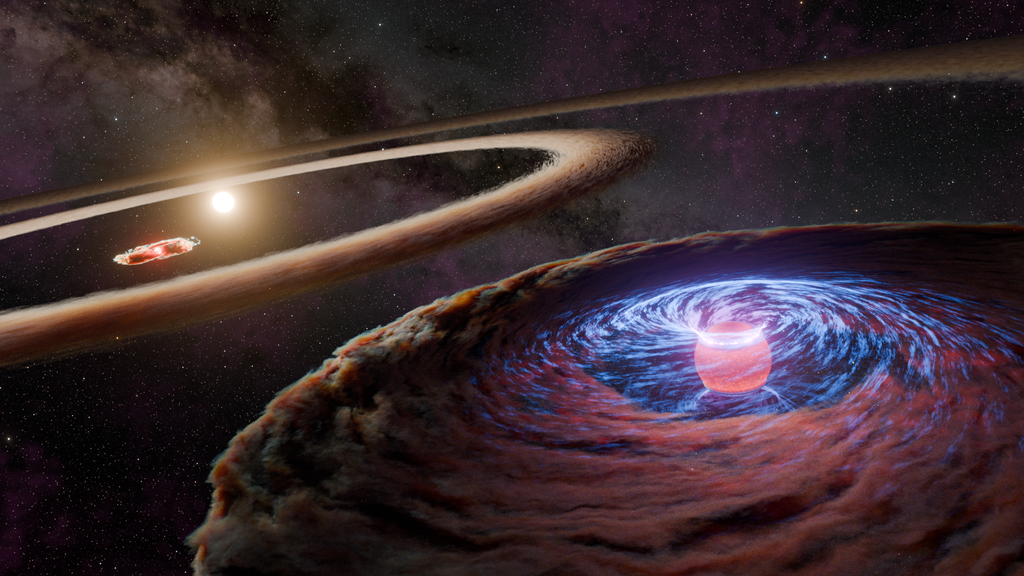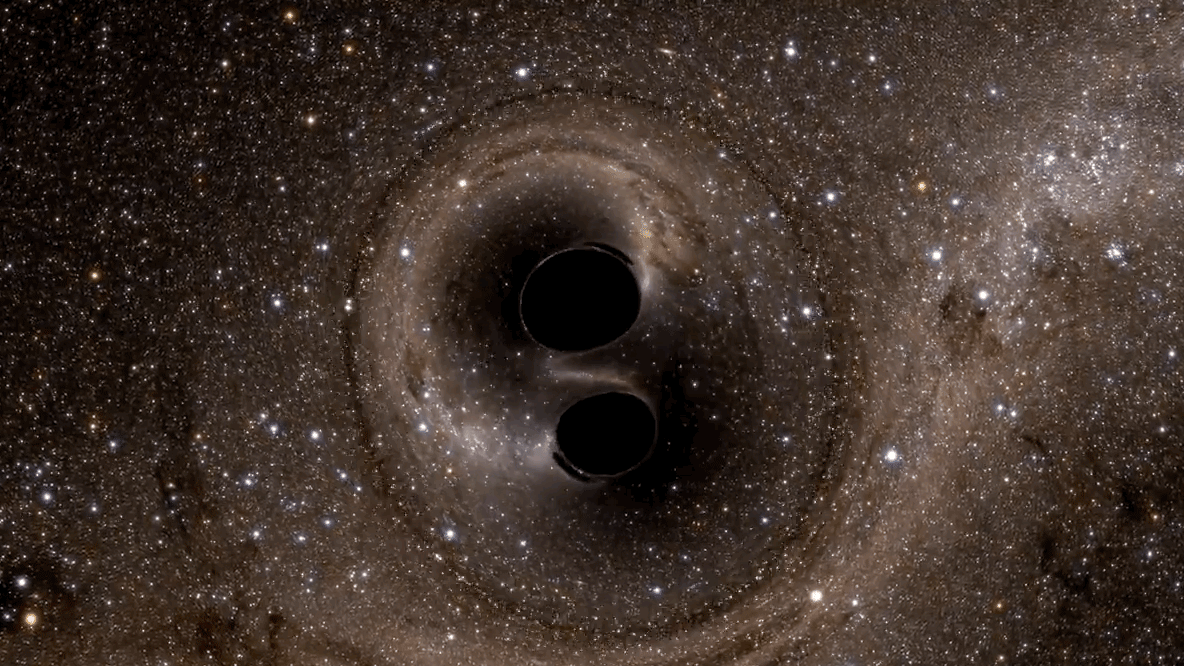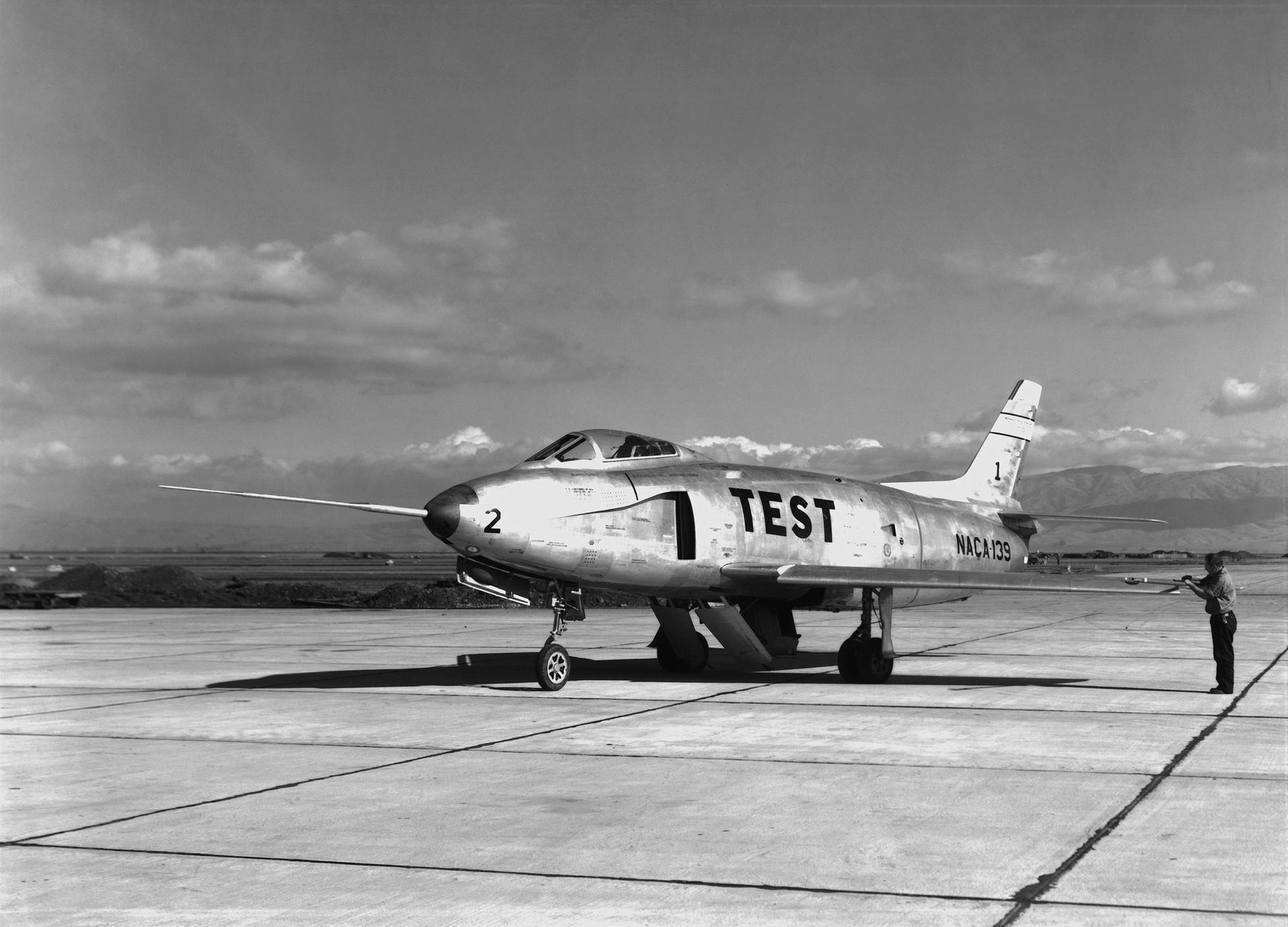Measuring Earth’s CO2 – and Solving a Mystery
The hexagon-shaped OCO-2 spacecraft was built by Orbital Sciences Corp. and weighs in at almost 1,000 pounds. Two 10-foot-long solar arrays will power all the observatory’s systems — including its only scientific payload. This instrument comprises three spectrometers that will break the sunlight reflected up from Earth’s surface into its component colors, then focus on the colors indicating carbon dioxide.
OCO-2’s spectrometer can also measure “chlorophyll florescence,” the energy given off by plants during photosynthesis. This means the spacecraft can see where plants are actively growing, and how that may interact with CO2 levels.
Scientists are hoping OCO-2’s discoveries will solve a mystery, too.
There’s a balance to the global carbon cycle. Plants and oceans are “sinks” — they absorb atmospheric carbon dioxide. But they can also release carbon dioxide back into the air. Human activities also create large quantities of CO2. In fact, since the start of the Industrial Age, we’ve introduced more and more CO2 to the atmosphere — on the order of 40 percent.
But some of this extra CO2 seems to have disappeared. Where is it being absorbed? Will this process continue? These are a few of the questions to which OCO-2 could provide answers.



























